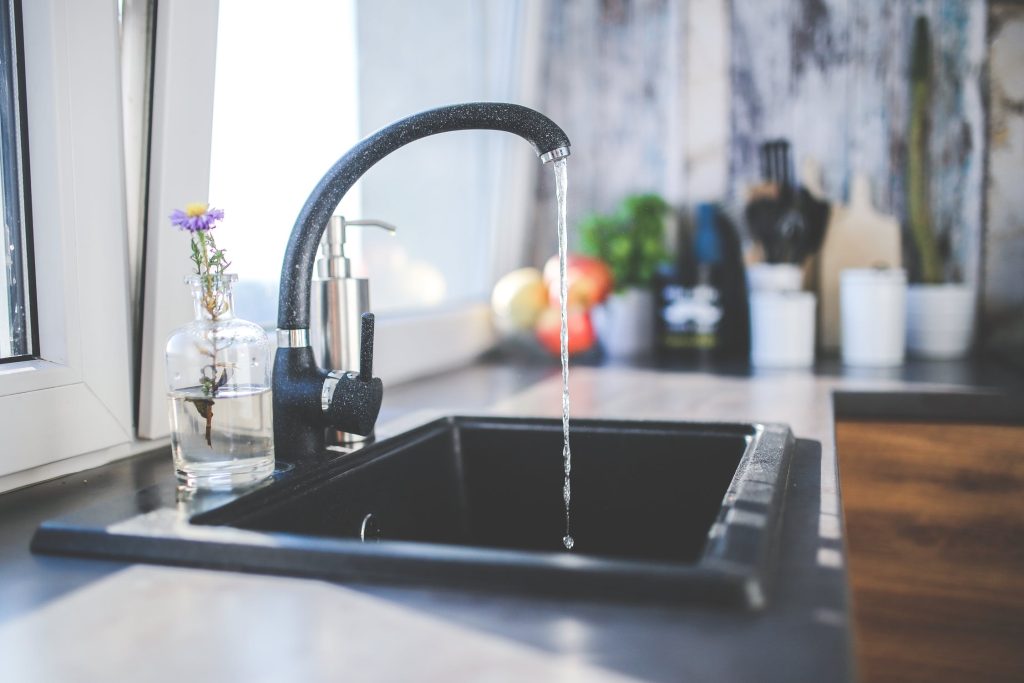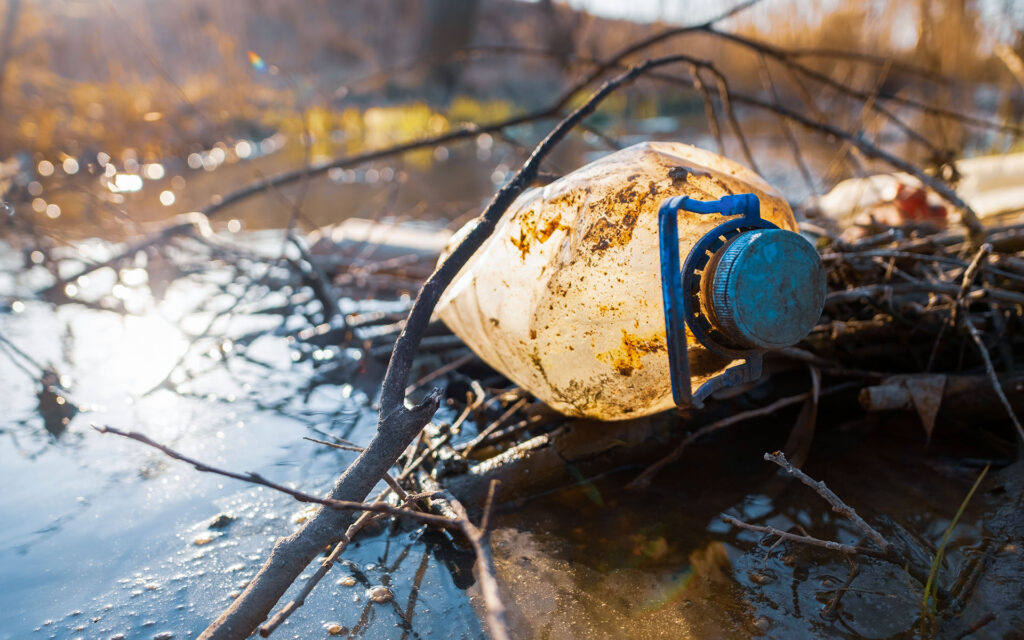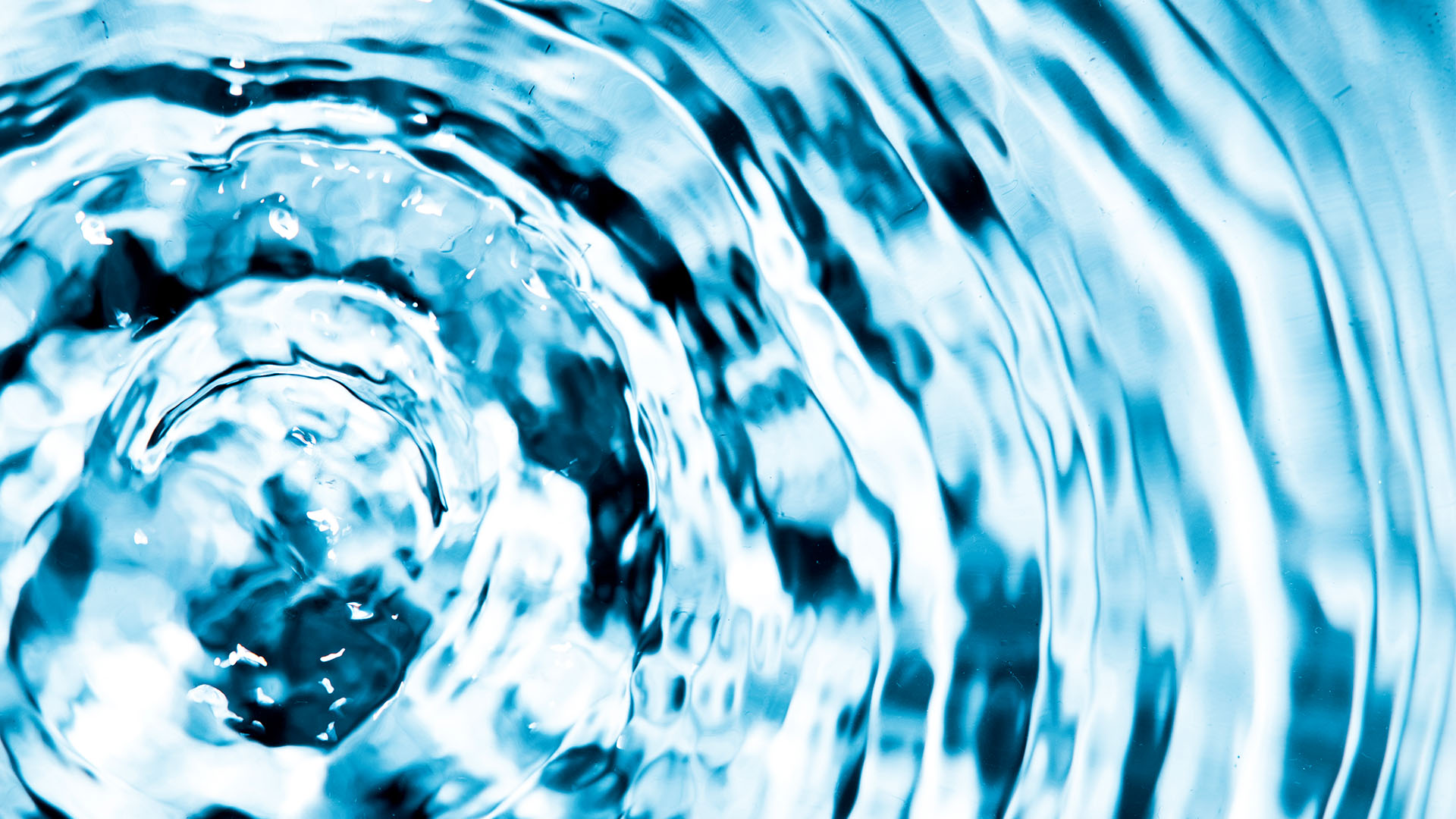Water filters: yes or no? Let’s find out together!
A bit of history:
Filtering water before drinking it is not a recent practice, quite the contrary. History is rich in finds that demonstrate how the ancient Egyptians and Greeks already used sieves and other tools to purify water from grains of sand and other particles. “Modern” filters to purify water made their entry into civilization as early as the early 1900s.

A little over a hundred years ago, most families had to draw water from a well and then bring it home. It was hard and tiring work. With the introduction of running water from the tap of every home, almost unlimited access to drinking water was suddenly created. Tap water was generally convenient, comfortable and safe.
In the last 40 years, 40-50% of the population of the most developed countries has replaced the consumption of tap water with bottled water. Every day 600 million families around the world choose bottled water instead of tap water, effectively returning to the old habit of carrying water around the house. All this happens despite the fact that the quality of tap water in Europe and North America has improved rather than worsened.
Why use water filters?
In the Western world, more and more users decide to install a water purification filter at home. Why?
Surely the strongest motivation is the economic one. In fact, a filter that can make us consume only our tap water saves an average of 280 euros per year compared to the purchase of bottles of mineral water. The other is an ecological push, as as we know plastic bottles are catastrophic for our environment.


Italy is the third country in the world for per capita consumption of bottled water. This indicates our tendency to be habitual, but also not to explore alternative solutions, perhaps often due to laziness or lack of information. Choosing a water filter system ensures on the one hand a strong reduction in plastic consumption and economic savings, on the other hand it is important to know that most filters cannot be thrown into recycling containers, they are considered waste undifferentiated.
This is why filters are not a perfect system, they must be known and explored, there are many variables. However, when you compare throwing out a couple of cartridges with the billions of water bottles we throw away every year, filters are definitely a greener option.
What types of water filters are there?
Water purification is a process by which unwanted chemical compounds, biological contaminants, suspended solids and gases are removed from the water.
This process makes our running water (already drinkable in itself unless otherwise indicated) even safer to drink.

The filters to choose from have different characteristics. They can be jugs with built-in filter inside which you can simply pour the water, devices to “attach” comfortably on our tap, or real mini-purification systems.
But what are the most common technologies and methods of purification? Let’s see them together:
- Activated carbon (usually in the form of granular activated carbon or charcoal blocks): this is the most effective material available today as it removes more than 70 common contaminants while leaving essential minerals intact
- Reverse osmosis (OI): very effective in removing contaminants that activated carbon is unable to eliminate, but also removes the mineral component of water. OI is always combined with activated carbon and sometimes also with other types of filters such as SI.
- Ion Exchange (YES): Very effective in lowering the hardness of the water. SI acts on specific substances based on their ionic charge, leaving the useful or harmless minerals unaltered in the solution.
- Distillation: distillation is probably the oldest method to purify water. Initially the water is brought to a boil. Subsequently the water vapor reaches a condenser where it cools and returns in liquid form, to be then collected and stored. Most of the contaminants stay in the initial container. However, distilled water generally has a bad taste.
- Ultraviolet (UV) filters: UV filters for water effectively remove 99.9% of microorganisms. However, they do not remove all the other common pollutants, so they must be combined with activated carbon, for example.
For those who live in Europe, the USA or Canada, an activated carbon filter is on average more than enough to obtain a level of healthy water, deprived of heavy metals, chemicals and microplastics. Obviously, however, it is advisable to inquire about the characteristics of the water in your area of residence to make a more prudent choice.
Abbandonare l’acqua in bottiglia:
What is most striking, and which perhaps many of us are unaware of, is that there is no scientific evidence to indicate that bottled water is healthier than running water.
The WHO itself has indicated in its drinking water quality guidelines how to ensure clean water is the primary duty of municipalities and public institutions.

Many of the most accredited Water Sommeliers also argue that bottled (plastic) water can be harmful. A four-year study by the Natural Resources Defense Council shows that 1/3 of the bottled water tested contains contamination levels that exceed permitted limits. Bottled water can also be slightly acidic, which can affect the body’s pH balance.
A household water filter can truly be an eco solution, also supported by the government: for the whole of 2021, those who buy a water purifier will have the opportunity to take advantage of a tax deduction equal to 50% of the amount spent.
In fact, the 2021 Budget Law (Law 178/2020) introduces a new and concrete incentive for expenses related to water filtration, purification and mineralization systems, both for domestic and commercial use (bars, restaurants, offices, etc.) . The intent of the law is to protect an increasingly precious asset such as drinking water, avoiding waste and at the same time reducing the enormous problem of pollution due to plastic waste.
If this choice convinces you, take advantage of it!





